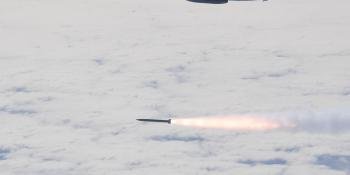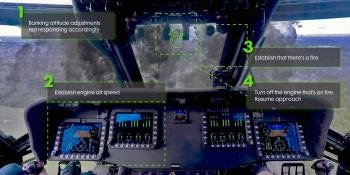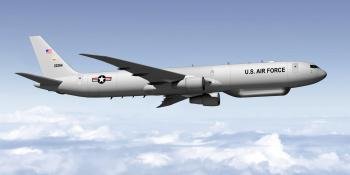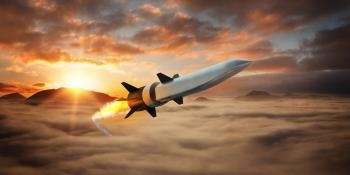The fast-paced world of Military Aerospace Technology
The early aircraft of the 20th century started life as wood and fabric machines with two wings and one or more piston engines driving propellers. The technology of military aircraft evolved, and the two wings became one wing. The cockpit became enclosed and the pilot, or pilots, gained an on-board oxygen supply. The structure and skin became metal by World War Two whilst the piston driven propeller was replaced by a jet engine and the wing became swept to allow for supersonic flight, as the military fighter flew higher and faster.
Eventually engine exhaust nozzles could be vectored for better aerobatics and the infra-red signature of an exhaust suppressed to counter missiles. The transport aircraft remained subsonic but became larger with either jet power or many propellers. A wider variety of military aircraft saw platforms dedicated to missions such as early warning with huge radars. Fighter jets became bombers and electronic warfare specialists, jamming enemy ground radar and communications, not just high-speed interceptors designed for dog fights. A navigator or weapon systems officer would operate the complex avionics systems for these specialised missions and increasingly these onboard computers are linked to a network of satellites. Eventually composites and special coatings came to replace the metal skins as radar defeating stealth technology was adopted.
The Future of Aircraft Technology
On this page you can find the latest in technological developments for military aircraft, piloted or autonomous. You will find here a central resource for the latest advances in aerospace science and engineering, where you can track the progress of research and development programmes around the world, whether they are radar scattering fuselages for stealth, drone wingmen, supersonic engines or avionics that are networked with ground, air and space assets.
Want more? Discover all the latest military airforce news, key updates on military fighter aircraft, military transport aircraft and first-hand coverage from military aircraft shows.









